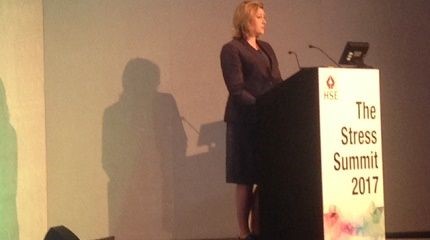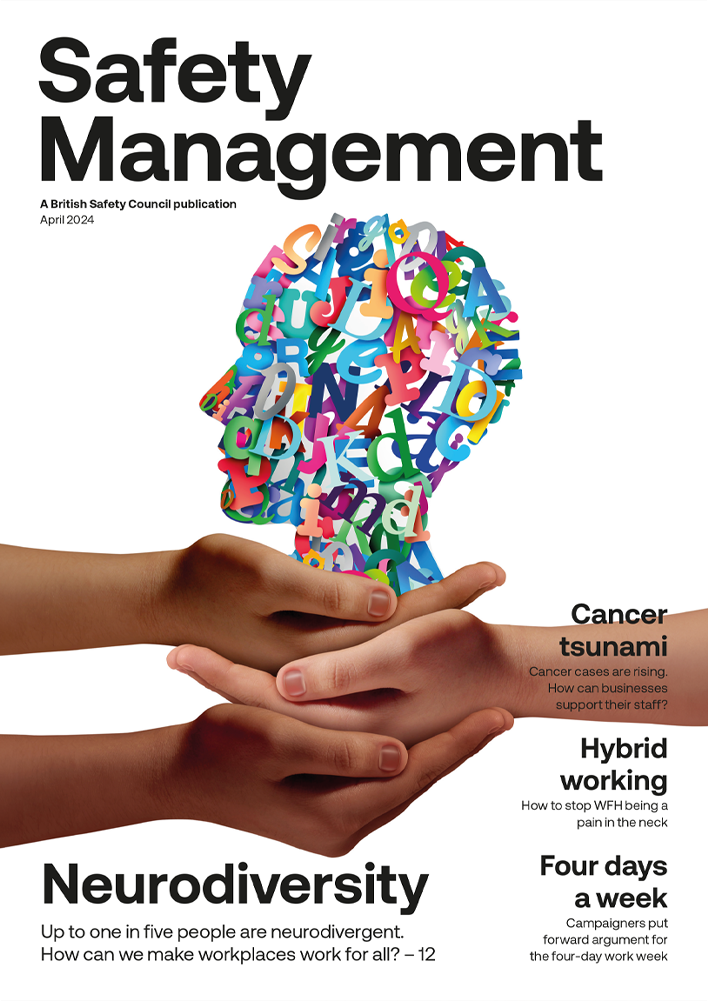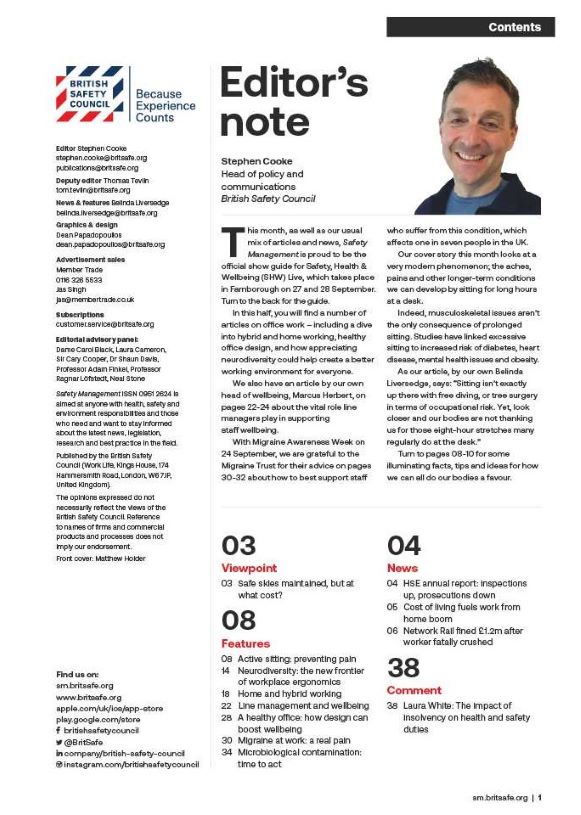HSE has not ruled out inspecting for work-related stress but admitted it will be a “challenge going forward” as inspectors would have to use different techniques to those used in inspecting for safety.
News
HSE challenged over work-related stress plans by MPs
The statement was made by HSE chief executive, Sarah Albon, at an inquiry held by the Work and Pensions Committee.
Ms Albon said: “It is much harder for an inspector to walk into a workplace and identify it is a workplace that is causing stress, than it is for them to look at a piece of machinery and say, ‘You’re managing that incorrectly’.”
She said that HSE may consider looking at sickness records to help them intervene in a way “slightly different from the traditional inspection route”.
Ms Albon and HSE chair Martin Temple were giving evidence on HSE’s work to 11 cross-party MPs at a meeting on 4 March.
Labour MP, Deborah Abrahams asked HSE repeatedly what it planned to do to tackle work-related stress, referencing countries like France where managers were recently prosecuted after an employee committed suicide in a work car park.
Albon was cautious however, saying that HSE had no plans to find more effective ways of targeting employers for work-related suicides: “We would need to think really carefully about what the systems were for reporting, and for an employer even to collect the data in such a way that it could be passed on for us to use meaningfully.”
However, she did say HSE would investigate a company if they knew there was a “strong causal link between a particular work environment and somebody’s suicide.”
 MP Penny Mordaunt at HSE's Stress Summit in 2017
MP Penny Mordaunt at HSE's Stress Summit in 2017
Other topics covered included the fall in enforcements, which Temple blamed on the “change in the sentencing guidelines [which] has meant that we have to spend much longer preparing evidence”.
On budget cuts, Temple also denied that there could be links between the cuts and workplace fatalities, which have flatlined in the past 10 years. He said: “It is about how mature the system is and it actually managing risk.”
Quizzed on HSE’s work on coronavirus, Temple and Albon said they were supporting Public Health England and monitoring availability of PPE in the supply chain. “We also have microbiologists who have been working with the other departments on this, and we are part of the cabinet office briefing groups,” said Temple.
The Work and Pensions Committee investigates policies and spending of the Department for Work and Pensions. Other inquiries it’s holding are on the Money and Pensions Service and Universal Credit.
Work and Pensions inquiry: bit.ly/39I0Ud5
NEWS

Employers urged to listen to staff when designing workplace wellbeing strategies
By Kerry Reals on 26 April 2024
Conversation is king when it comes to implementing effective workplace wellbeing strategies, a panel of experts told a recent conference organised and hosted by British Safety Council.

Climate change could expose 70 per cent of workers to health risks, warns UN
By Kerry Reals on 22 April 2024
More than 70 per cent of the global workforce could be exposed to serious health hazards because of climate change, and existing occupational health and safety legislation may not be sufficient to protect workers, according to a new report by the International Labour Organization (ILO).

Calls for wellbeing focus intensify as UK economic inactivity rate rises further
By Kerry Reals on 16 April 2024
The number of working-age people in the UK who are neither employed nor looking for a job rose again in the December to February period, prompting calls for more investment in training and a greater focus on the health and wellbeing of the nation.



